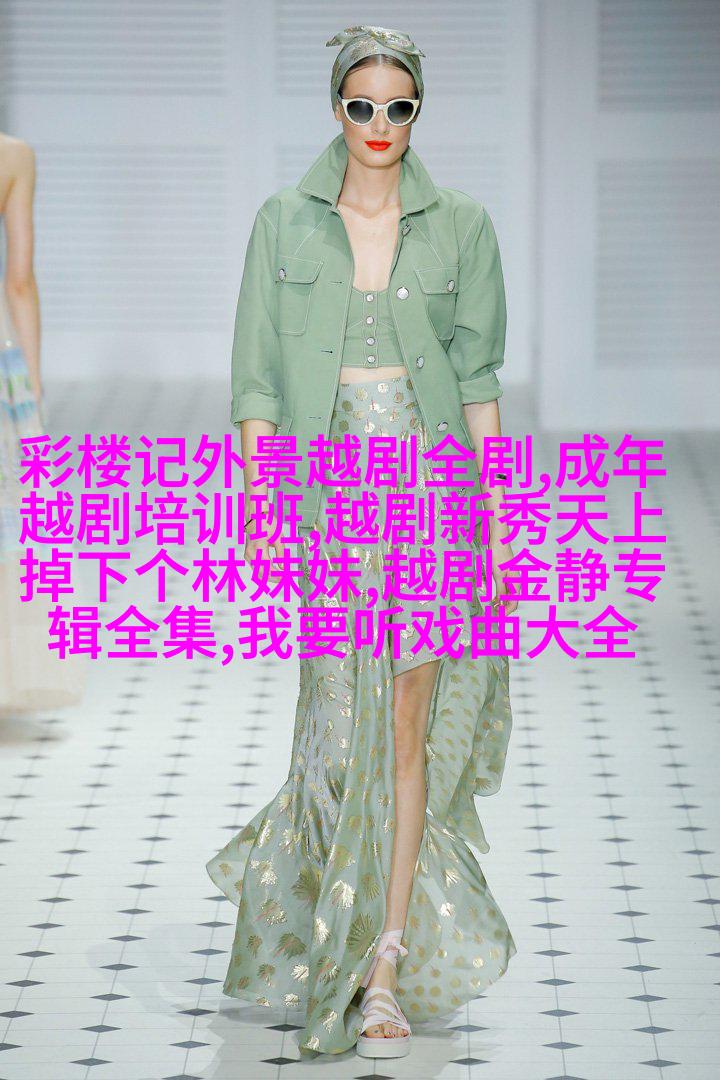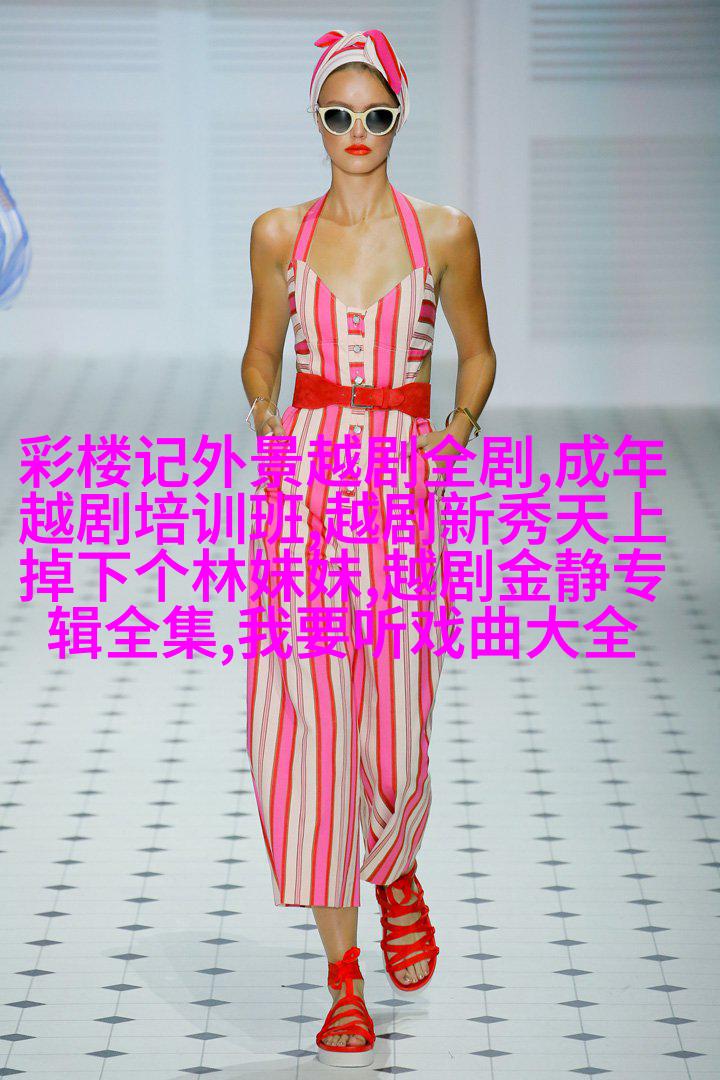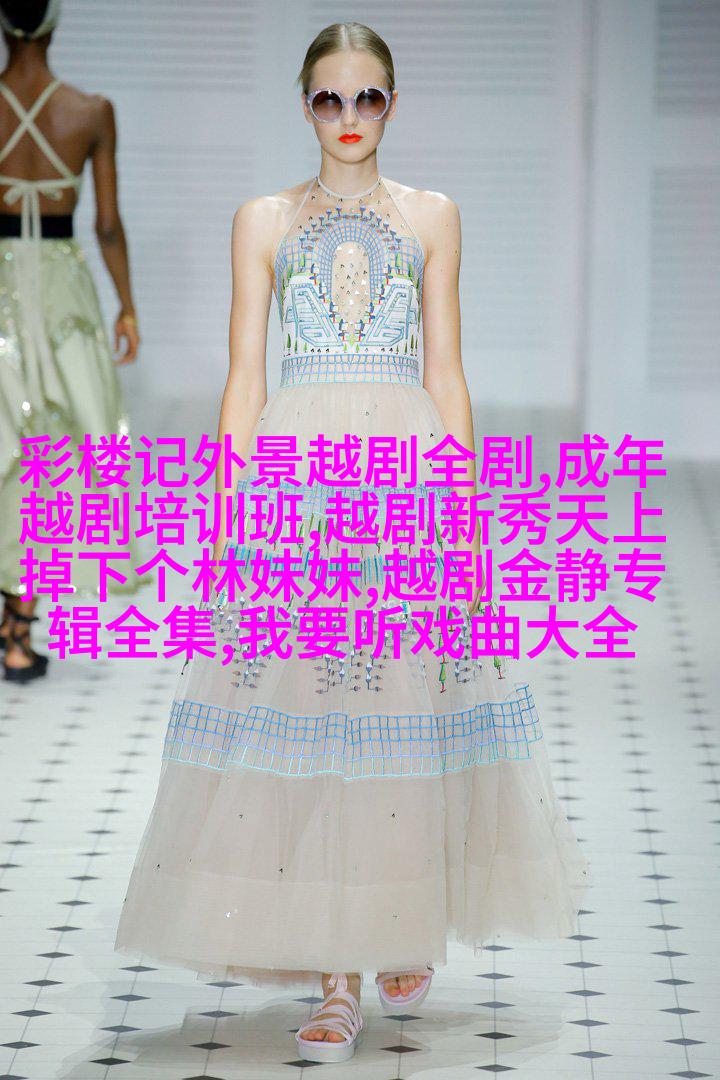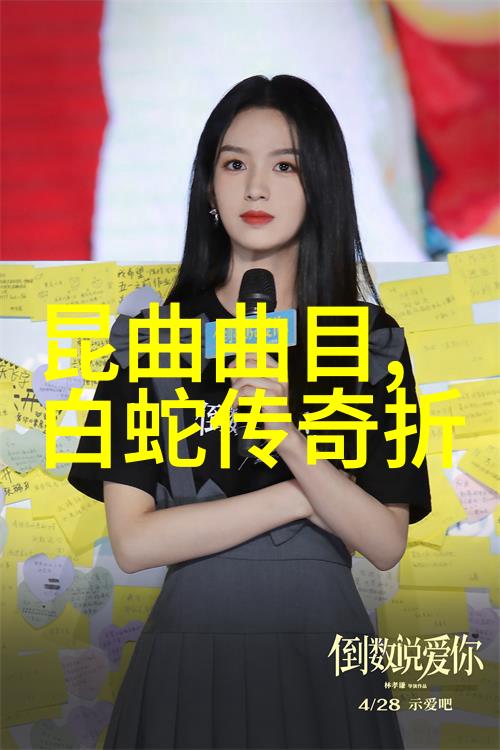在中国的戏曲艺术中,越剧作为一门独特的表演形式,其丰富多彩的角色扮演艺术是其魅力所在。越剧的相关知识有哪些,这里我们将通过对角色扮演艺术的一次深入探究来揭示。

越剧中的角色类型与扮演
小生与少年

越剧中的小生通常由年轻男性饰演,代表了青春和活力。在舞台上,小生的形象往往带有一种温柔、纯真和机敏的气质,他们经常饰演书生的形象,用他们高超的情感表达和优美的声音,为观众带去一种近乎完美的人物画像。
老生与中年男

老生的形象则相反,是一个成熟稳重、经验丰富的中年男性。他在戏中承担着重要角色的任务,比如家长或智者等,在表达方面表现出一种沉稳和权威。老生的声音更加低沉而有力量,他用自己的生命经验为戏曲增添了厚重感。
花旦与女性角色

花旦是越剧中的女主角,她们通常饰演那些聪明巧妙、情感复杂、性格鲜明的女性人物。她们使用的是特殊技巧,如跳水袖等,以此来展现她们精细的情绪变化,并且以优雅动人的歌声赢得观众的心。
丑角与其他支持性角色

丑角则是为了增加戏曲喜怒参半的情趣,特别是在喜剧片段中起着关键作用。他们可能会穿着夸张的大型服装,或使用一些滑稽的手法来吸引观众。这些支持性的角色对于完整地展示整个故事至关重要,但却不容忽视其自身独特之处。
越剧内涵背后的文化意义
每个角色都被赋予了不同的社会身份,它们共同构成了一个宏大的社会网络。这不仅仅是一种表面的刻画,更是一种深层次的人文关怀。在越劇裡,每個角色的塑造都包含了一定的道德评判,同时也反映了当时社会对不同阶层人士态度和待遇的问题。
角色扮 演 的 艺术 表 现 技 巧
肢体语言:肢体语言包括面部表情、眼神交流以及手势等,是传递情感信息的一个重要途径。在越劇中,actors often use their body to convey emotions and tell the story.
声音技巧:除了歌唱外,voice control is also an essential part of a performer's skill set in Yue Opera. Actors must be able to modulate their voice to suit different characters, scenes, and moods.
舞蹈: Dance plays a significant role in Yue Opera performances, with actors using traditional dance forms like water sleeves and fan dances to express emotions and convey the narrative.
化妆: Makeup is used extensively in Yue Opera to differentiate between characters and create distinct visual identities for each actor on stage.
服装设计: Costume design is another crucial aspect of creating a character's image in Yue Opera. Each costume reflects the social status, occupation, or personality traits of its wearer.
音乐元素:Music elements include singing (in various styles), instrumental accompaniment (such as the erhu or pipa), as well as sound effects that are incorporated into the performance to enhance dramatic impact or create atmosphere.
文学内容:The literary content of a play includes both dialogue and sung lyrics which carry important information about plot development, character relationships, themes etc., all these contribute significantly towards building up an engaging storyline.
8-9-10...


